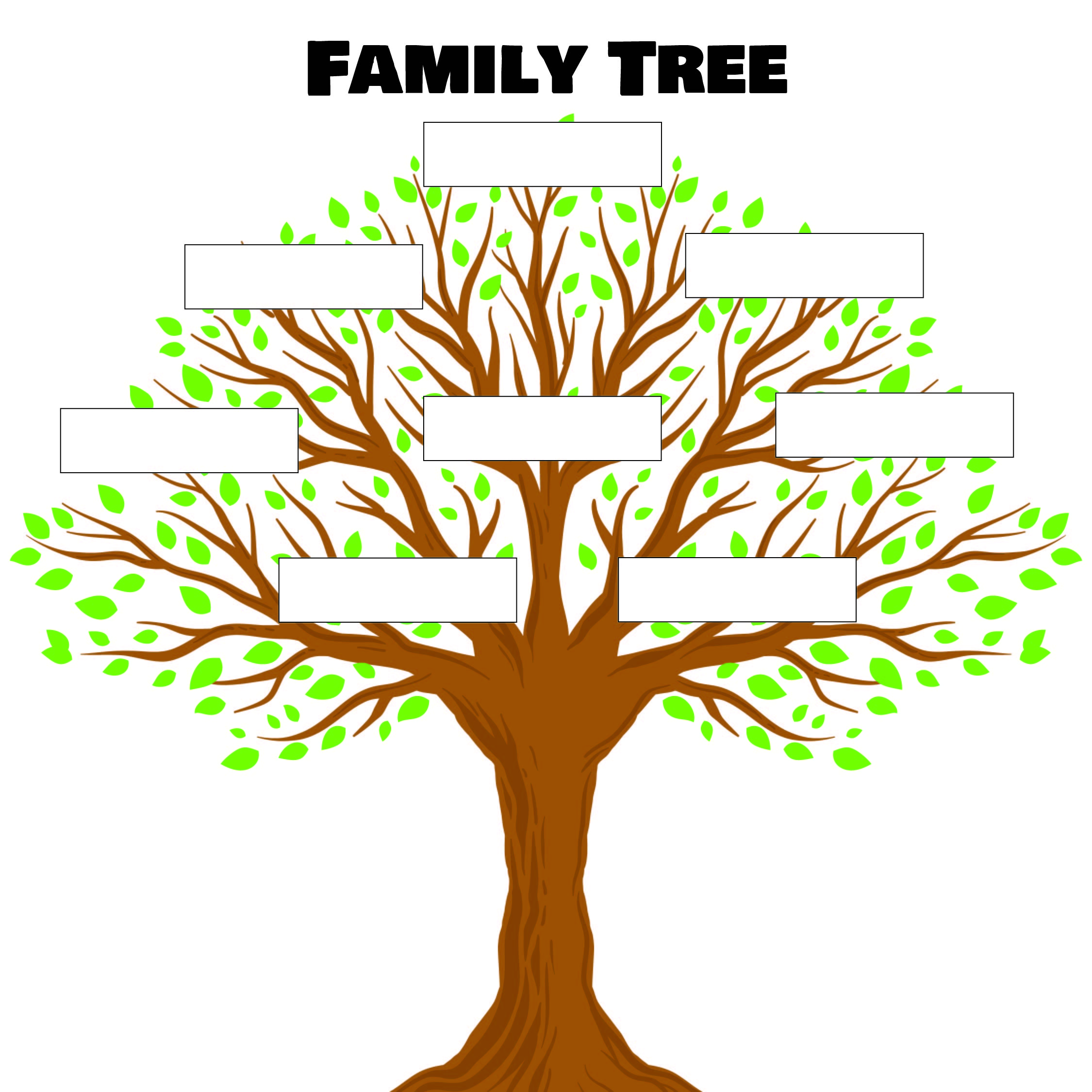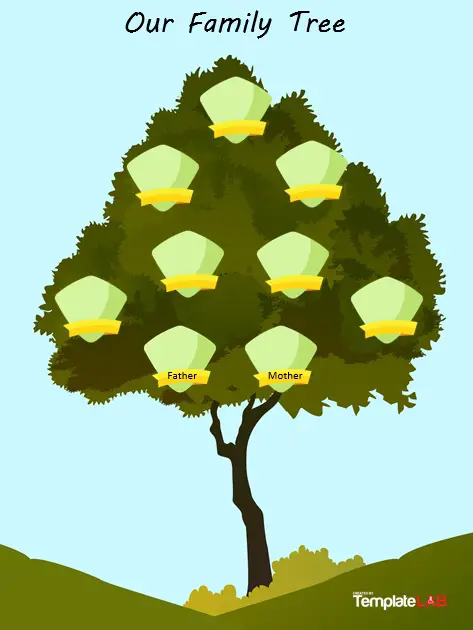
Memories - Include a special section in the book for stories from living descendants that detail what they remember, what life was like growing up, and their lives today.Grouping - Group narratives of key figures or other historical information at the front of the book followed by charts, or place biographies of key figures of each branch immediately before their corresponding descendant charts.Consistency - Develop a consistent but distinctive format for all narratives, taking into account margins, columns, fonts, and spacing.They are protected by copyright and may not be posted elsewhere online, or used for anything other than personal use without permission. (Note: These forms may be copied for personal use only.

FAMILY TREE TEMPLATES FOR PAGES UPDATE
The advantage here is that typed entries are neater than those of the hand-written variety, plus they are editable should you find more information and need to correct or update them. Two of the following documents are interactive which will allow you to type information in the fields online before saving it locally to your computer or sending the updated document to family members. Family tree documents are great for at-a-glance information but don't offer enough room for all the stories you're bound to gather. Keeping track of detailed data for each ancestor on separate pages can also be helpful. Even knowing what turned out to be dead ends may prove useful down the road. Keep lists as to whom you've written for information, what links you've searched for which ancestors, and any other pertinent information. Having the information you've collected and the sources you've already consulted organized saves time by eliminating duplicate research. Genealogy can be a lifelong pursuit when handed down among families. Another variation to be on the lookout are names tied to a specific religion or ethnicity-especially those that rely on a different alphabet (such as Hebrew, Chinese, or Russian) or pronunciation (such as Gaelic). While Peggy is a common name, not everyone knows that it's a diminutive of Margaret. Onomastics is the study of names and you might have to do a little research in this area. For instance, check nicknames, especially when hunting for children named after a parent: James may lead you to Jim, Robert to Bob, and so forth. Variations can help you find what you're looking for. When searching a genealogy database indexed by name, don't be afraid to try multiple spellings, and don't fill in every search parameter box. Even if you think you know the exact address, you might be faced with sifting through pages and pages filled with hard-to-decipher handwriting to find their names. To find actual records through the National Archives site, you need to know where your ancestors lived at the time the census was taken. Otherwise, you'll have to find the exact page your ancestors appear on, and since the census takers went street by street collecting data, the information is not alphabetical order. Sites such as (by subscription) and (free after registration) have digitized records, searchable by name, which can be a real time-saver.


Such documents are available from the National Archives, and the institution advises people to start with the most recent census and work backward. For instance, in 2012, the 1940 census became public record. Census records become available to the public after 72 years. The federal income tax was introduced not long after the Civil War, and those records may also contain valuable information to help you flesh out your family history.įinding Census Data to Fill Out the Chart Court filings that can be helpful in a genealogy search include adoption, guardianship, and probate records. While you're there, search land records (deeds), court cases, and tax rolls. If you know the location of an ancestor's birth, marriage, or death, begin with those counties to request basic records. In a family tree, the ancestors branch out from the bottom to the top of the page in a fan chart, they're displayed in a fan shape, while a pedigree chart looks like half of a sports bracket and displays the pertinent information reading from left to right. The difference between them is in how that information is displayed. All of them show the same basic types of information, such as birth, death, and marriage years for ancestors going back several generations.
FAMILY TREE TEMPLATES FOR PAGES FREE
A number of websites offer free ancestry charts and forms to view, download, save, and print, including family tree-style documents, fan charts, and pedigree forms.


 0 kommentar(er)
0 kommentar(er)
